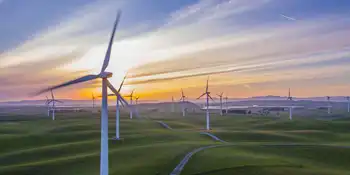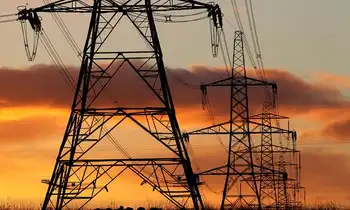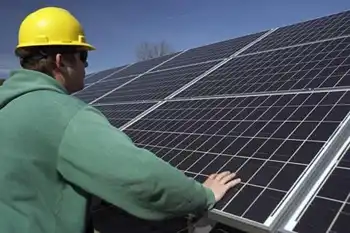China builds first 10GW wind farm
By Reuters
CSA Z463 Electrical Maintenance
Our customized live online or in‑person group training can be delivered to your staff at your location.

- Live Online
- 6 hours Instructor-led
- Group Training Available
China, the world's second-largest energy user, has said it would bring its total wind power capacity to 100 GW by 2020 from the current 12 GW, part of a broad energy target to generate 3 percent of total electricity from non-hydro renewable energy.
To that end, the National Energy Administration (NEA) has planned six 10GW-level wind power bases in areas rich in wind resources such as Inner Mongolia, Gansu, Xinjiang, Hebei and Jiangsu.
The Jiuquan mega wind power base will be built in two phases. The first one, a 3.8 GW base comprising of 18 200-MW and two 100-MW wind farms, is developed by 20 developers and will be completed by 2010, Feng Jianshen, vice governor of Gansu, told reporters.
Chinese power firms Huaneng Power International and Datang International Power are among the developers, which also include six foreign firms, Feng said, without giving the names of the foreign investors.
Construction for the second phase, consisting of 40 200-MW wind farms will kick off in 2010 and be open to foreign investment, he said.
The installed wind power capacity of Jiuquan will jump to 5.16 GW by 2010, 12.71 GW by 2015 and 20 GW by 2020 from the current level of 660 MW, Feng said.
In the future, Jiuquan's wind power capacity could hit 40 GW, he added.
Analysts have cautioned against blind expansion in a wind power sector that has drawn swarms of investors and record installations despite ongoing issues with services and technologies.
However, Shi Lishan, a senior renewable energy official from NEA, dismissed concerns about overcapacity.
"Our wind power capacity is only about 1 percent of the national total power demand. The real problem is not excessive capacity, but lagging grid services," Shi said.
Some wind farms have not been able to start operating because of a lack of grid connections or are running under capacity because of insufficient access.
To resolve the problem, Gansu will push the construction of many advanced 750-kV grids to help ease the pressure of large-scale and long-haul transmission of unsteady wind power.
China last month announced benchmark tariffs for new wind projects, giving clarity to power producers in the world's top generator of greenhouse gases, but analysts said the move might be too little to lure new investment.
NEAÂ’s Shi said that he believes that the benchmark prices are appropriate and can ensure profits for most wind power firms.











